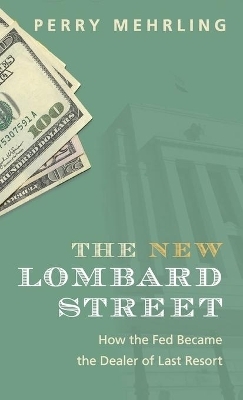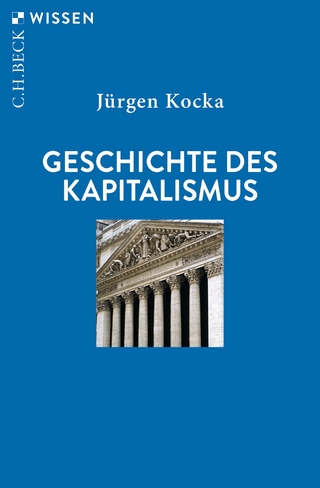
The New Lombard Street
Princeton University Press (Verlag)
978-0-691-14398-9 (ISBN)
Walter Bagehot's Lombard Street, published in 1873 in the wake of a devastating London bank collapse, explained in clear and straightforward terms why central banks must serve as the lender of last resort to ensure liquidity in a faltering credit system. Bagehot's book set down the principles that helped define the role of modern central banks, particularly in times of crisis--but the recent global financial meltdown has posed unforeseen challenges. The New Lombard Street lays out the innovative principles needed to address the instability of today's markets and to rebuild our financial system. Revealing how we arrived at the current crisis, Perry Mehrling traces the evolution of ideas and institutions in the American banking system since the establishment of the Federal Reserve in 1913. He explains how the Fed took classic central banking wisdom from Britain and Europe and adapted it to America's unique and considerably more volatile financial conditions. Mehrling demonstrates how the Fed increasingly found itself serving as the dealer of last resort to ensure the liquidity of securities markets--most dramatically amid the recent financial crisis.
Now, as fallout from the crisis forces the Fed to adapt in unprecedented ways, new principles are needed to guide it. In The New Lombard Street, Mehrling persuasively argues for a return to the classic central bankers' "money view," which looks to the money market to assess risk and restore faith in our financial system.
Perry Mehrling is professor of economics at Barnard College, Columbia University. He is the author of "Fischer Black and the Revolutionary Idea of Finance" and "The Money Interest and the Public Interest: American Monetary Thought, 1920-1970".
Acknowledgments xi Introduction 1 A Money View Perspective 2 Lessons from the Crisis 6 Chapter One: Lombard Street, Old and New 11 The Inherent Instability of Credit 12 The Old Lombard Street 18 The New Lombard Street 23 Chapter Two: Origins of the Present System 30 From National Banking to the Fed 30 From War Finance to Catastrophe 37 Noncommercial Credit in Depression and War 43 Chapter Three: The Age of Management 48 Monetary Policy and the Employment Act 52 Listening to the Academics 57 Monetary Walrasianism 60 A Dissenting View 65 Chapter Four: The Art of the Swap 71 Currency Swaps and the UIP Norm 72 Brave New World 79 From Modern Finance to Modern Macroeconomics 85 Chapter Five: What Do Dealers Do? 92 Inside the Money Market 93 Funding Liquidity and Market Liquidity 98 Anatomy of a Crisis 103 Monetary Policy 107 Chapter Six: Learning from the Crisis 113 The Long Shadow of Jimmy Stewart 116 A Stress Test of Moulton-Martin 123 Dealer of Last Resort 132 Conclusion 136 Notes 141 References 149 Index 159
| Verlagsort | New Jersey |
|---|---|
| Sprache | englisch |
| Maße | 140 x 216 mm |
| Gewicht | 340 g |
| Themenwelt | Geschichte ► Teilgebiete der Geschichte ► Wirtschaftsgeschichte |
| Wirtschaft ► Betriebswirtschaft / Management ► Finanzierung | |
| Betriebswirtschaft / Management ► Spezielle Betriebswirtschaftslehre ► Bankbetriebslehre | |
| ISBN-10 | 0-691-14398-6 / 0691143986 |
| ISBN-13 | 978-0-691-14398-9 / 9780691143989 |
| Zustand | Neuware |
| Haben Sie eine Frage zum Produkt? |
aus dem Bereich


